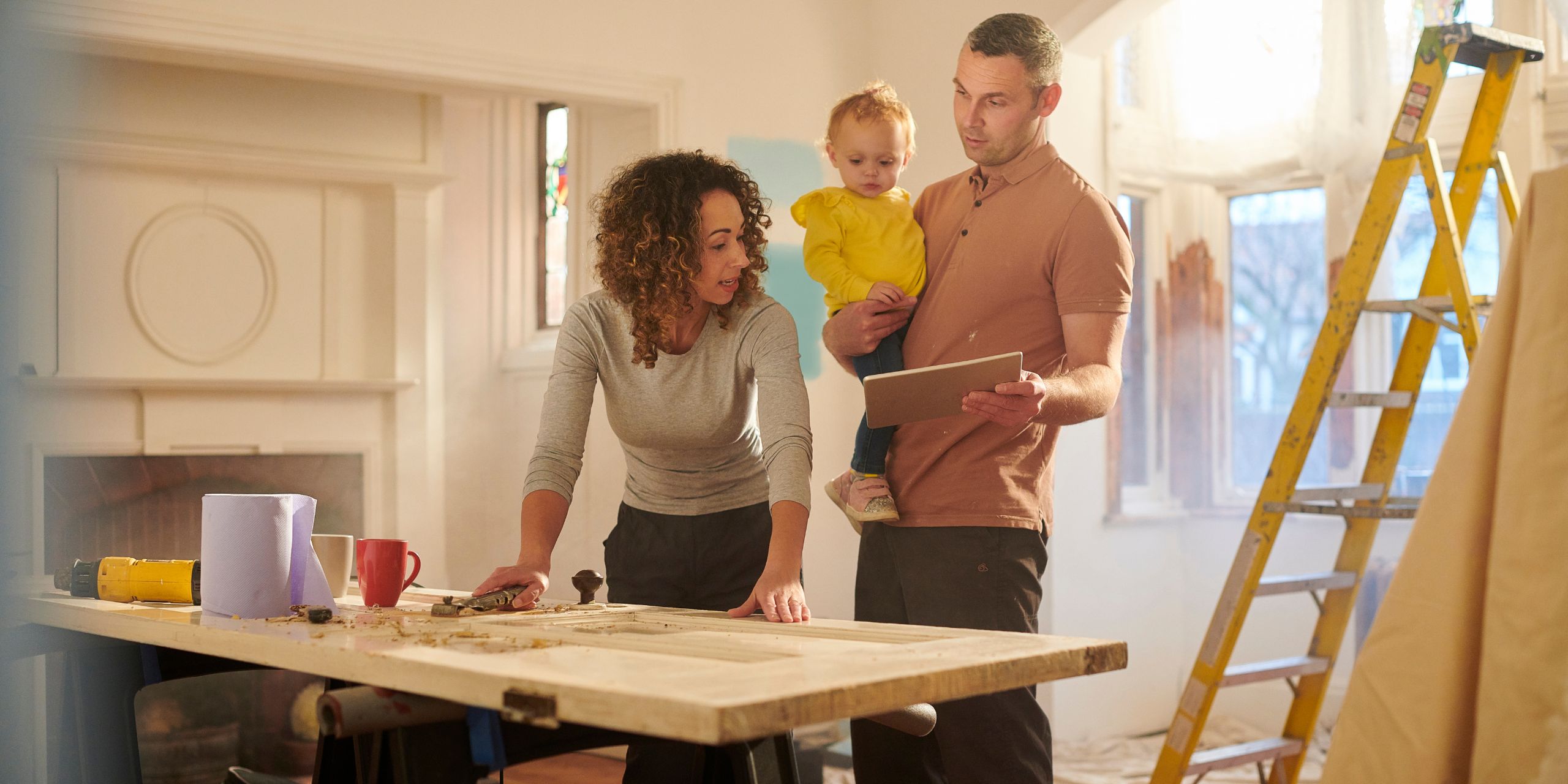Geohazards, which include landslides, floods, earthquakes, and wildfires, pose serious risks to people and property all over the world. Even though it’s hard to stop these natural calamities, proactive steps can be made to strengthen homes and make the home environment safer. The home renovation methods covered in this article will assist you in addressing geohazards head-on and securing your property from these unforeseen occurrences.
Risk Assessment for Geohazards
Finding the prevalent geohazards in your area is the first step in securing your home. You can get this information from your local government, geological surveys, or weather services. Once you are aware of the possible dangers, assess your home’s vulnerability by taking into account its age, construction, location, and building materials. Create a thorough plan for reducing geohazard risks by consulting specialists and local authorities.

Home structural upgrades
Buildings that withstand earthquakes
For older homes to be more earthquake-resistant, renovation is essential. This procedure could involve strengthening the foundation, adding structural bracing, or installing steel reinforcement. Your home won’t slide off its foundation after an earthquake if you reinforce the foundation with steel plates or anchor bolts. On the other hand, structural bracing entails adding plywood or steel sheathing to walls and ceilings to add more support to the home’s structure.
Protection from flooding
Homes are more vulnerable to damage from floods if they are in low-lying locations. One approach to safeguard your home from floodwaters is to elevate it on piers or stilts. To further direct water away from your home, think about erecting temporary flood walls or sandbags as flood barriers. To stop water infiltration, sealants and coatings that are waterproof can be applied to walls, floors, and other surfaces.
Landslide prevention
Special consideration must be given to homes located in landslide-prone locations or on slopes. Landslides can be prevented by using slope stabilization measures like terracing, benching, or retaining walls. Retaining walls are used to hold back soil and stop it from falling downhill. They can be built from a range of materials, including concrete, stone, or wood. French drains or catch basins, among other effective drainage systems, are crucial for directing water away from slopes and lowering the risk of soil saturation and erosion.
Non-Structural Improvements to Homes
Emergency planning:
When residing in a region that is vulnerable to geohazards, emergency planning is crucial. Create a family evacuation plan that includes specified meeting places and escape routes. Put together an emergency supply kit with all the necessities, including water, nonperishable food, flashlights, batteries, a first aid kit, and critical papers. Installing early warning systems, such as earthquake or flood sirens, can buy vital time for people to flee and find safety.
Practical safety measures
During geohazards, securing gas lines and appliances can assist avoid fires and explosions. Gas leaks and fires can be prevented by installing flexible connections for gas appliances and strapping water heaters down. When there is a power outage, a backup power source, like solar panels or a generator, can keep your home running. To retain access to clean drinking water during emergencies, think about investing in water storage and filtration equipment.

Outdoor and Landscape Considerations
Erosion prevention
Your property can be better protected from landslides and flooding with effective erosion management. Planting grass, bushes, and trees can assist in stabilizing the soil and reducing erosion. Slope integrity can also be preserved by installing geotextiles, permeable materials that divide, filter, or reinforce soil. By sloping or leveling your ground, you can assist minimize soil erosion and route water away from your house.
Landscaping that resists fire
Fire-resistant landscaping is essential for protecting your property in wildfire-prone locations. To build a more fire-resistant environment, choose flammable plants like groundcovers, deciduous trees, and succulents. By removing dead vegetation, pruning trees, and keeping your lawn well-watered, you can create a defensible space around your property that will help contain wildfires. Regular care is crucial for lowering the risk of fire on your home, such as clearing away waste and cutting overgrown plants.
Financial and Insurance Planning
It’s crucial to comprehend how insurance works to keep your house safe from geohazards. Check your current homeowner’s insurance policy to see if it provides coverage for damage brought on by geohazards like earthquakes or floods. Consider acquiring extra insurance that is specially suited to the geohazards common in your region if your policy does not provide sufficient coverage. Making a budget for home renovation work will help you make sure you have the money available to put safety precautions in place and shield your house from geohazards.
To combat geohazards head-on and create a safer living space for you and your family, proactive home modification is essential. You may lessen the harm caused by geohazards and keep your family safe by evaluating the risks, putting in place structural and non-structural measures, and engaging in responsible landscaping. Additional protection and peace of mind can be attained by making prudent financial plans and insurance investments. Keep up with local geohazards and be cautious about maintaining a secure and durable home.
